Infant Jesus of Prague Statue and Its Miracles
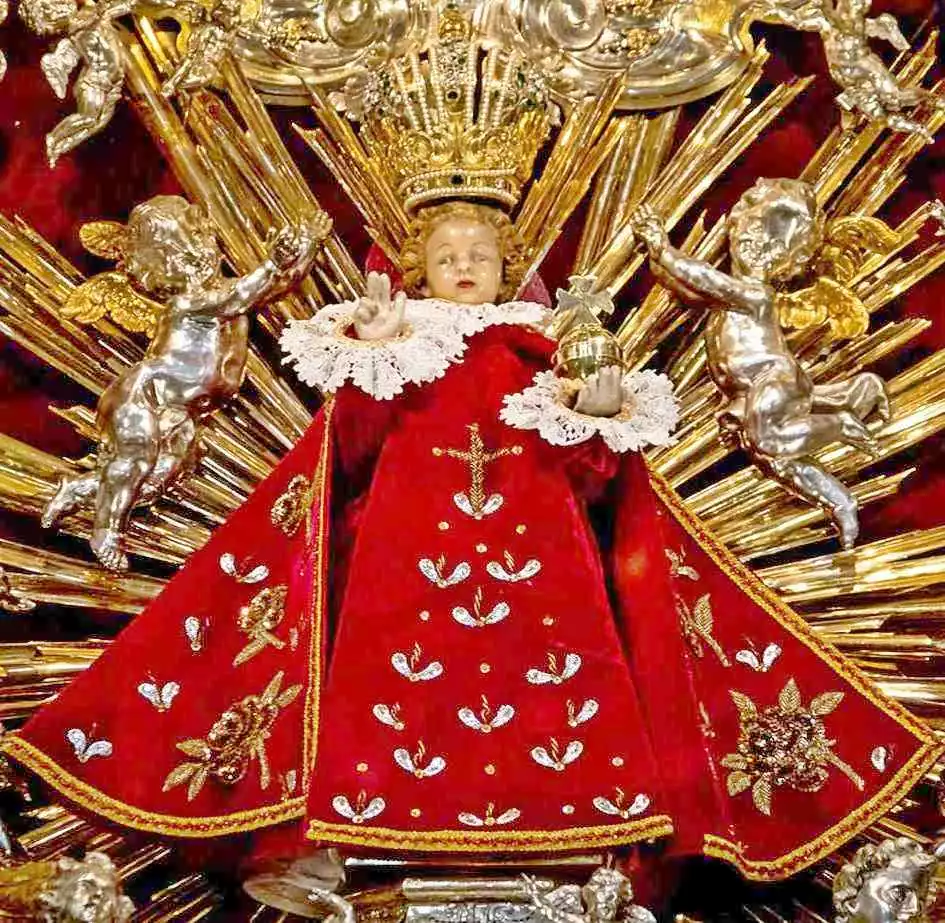
The original statue of the Infant Jesus of Prague was created as a royal wedding gift from a Spanish Princess to her Austrian royal cousin in the 16th century. Over time, the effigy of the Christ Child became affiliated with mystical legends and miracles that fueled devotion in Prague and beyond. To this day, copies […]
Miguel Pro: Mexico’s Joyful Martyr Saint Who Died Forgiving His Executioners
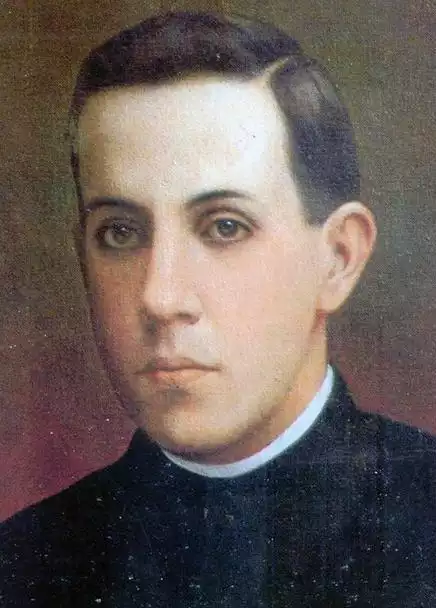
Born in 1891 in Guadalupe, Mexico, Miguel Pro was the mischievous eldest son of the Pro family, known for his jokes and sweet tooth. But when his sister became a nun, Miguel recognized his own call to priesthood. He joined the Jesuits in 1911 amidst turmoiling times in Mexico. Miguel Pro’s Underground Ministry and Close […]
1274 AD Second Council of Lyon: Brief Reunification and Crusade Plans
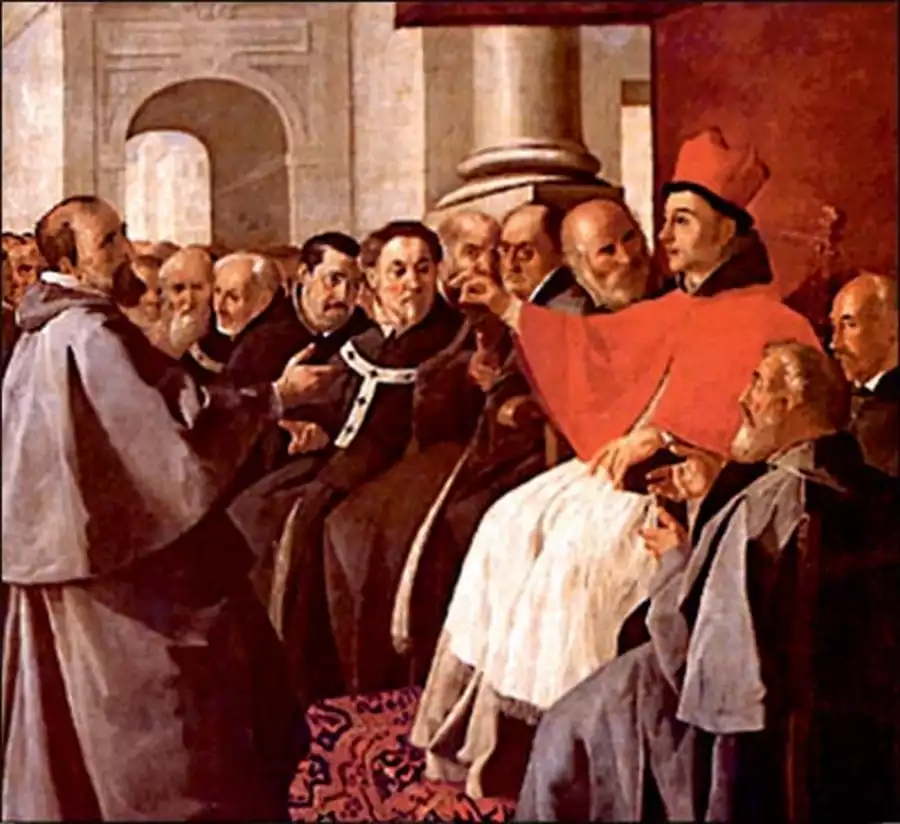
The Second Council of Lyon convened in 1274 as an attempt to mend the rift between the Catholic and Orthodox churches. Pope Gregory X called the council and Byzantine Emperor Michael VIII sent representatives, hoping for a reunification in exchange for military support against threats to Constantinople. The council proclaimed a brief reunion, although it […]
799 AD The Shocking Carolingian Renaissance That Shaped Europe

In 799 AD, Charlemagne ushered in a period of cultural and intellectual flourishing known as the Carolingian Renaissance. This unexpected “rebirth” had profound implications, sparking religious reforms, promoting education, and helping to standardize Latin across Europe. The Carolingian Renaissance laid crucial groundwork that would shape Western civilization for centuries. Spark That Lit the Carolingian Renaissance […]
Paul VI’s Apostolic Constitution ‘Divinae Consortium Naturae’: A Liturgical Milestone
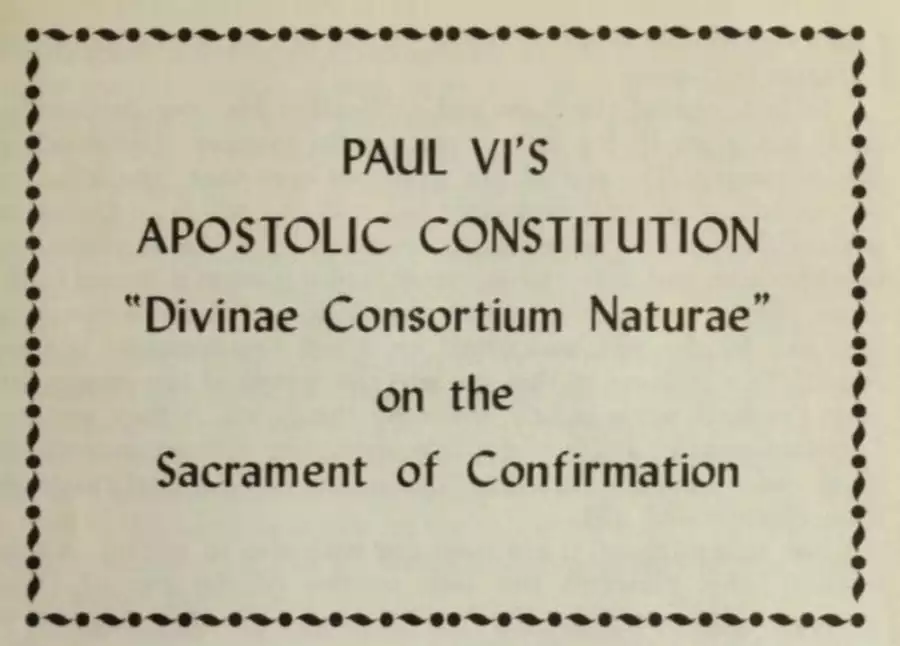
Exploring the Influence and Implications of the Sacrament of Confirmation in the Modern Catholic Church His Holiness Pope Paul VI’s Apostolic Constitution “Divinae consortium naturae,” published in 1971, offers a profound insight into the Catholic Church’s understanding and teaching on the sacrament of confirmation. This eight-page document, primarily in Latin, was released in the wake […]
Apostolic Constitution | What it is

Unveiling the Significance and Impact of the Church’s Highest Decrees The Apostolic Constitution, a term that resonates with authority and tradition within the Catholic Church, represents the highest form of decree issued by the Pope. Rooted in centuries of ecclesiastical history, these documents are pivotal in shaping church law and doctrine. They are often issued […]
110 AD Ignatius of Antioch coins term “Catholic” meaning Universal Church
In the pivotal year of 110 AD, a momentous term was articulated by Bishop Ignatius of Antioch that would indelibly shape the Christian lexicon: ‘catholic’. Derived from the Greek word ‘Καθολική’ (katholikē), it elegantly fuses ‘κατά’ (kata, ‘about’) and ‘ὅλος’ (holos, ‘whole’) to signify ‘universal’ or ‘concerning the whole’. This linguistic gem encapsulates the essence of inclusivity and totality, a concept that Ignatius fervently embraced and propagated. Born around 35 AD and embracing martyrdom in 108 AD, Ignatius stands as a monumental figure in early Christian history. His profound ideation of a church that transcends geographical and cultural confines, serving as a spiritual haven for all, marked a significant evolution in the Church’s understanding of itself. Through his teachings and writings, particularly during his journey to martyrdom, Ignatius of Antioch championed a vision of the Church as a universal entity, a community unbounded by earthly divisions, united in faith and purpose.
1962-1965 AD Vatican II: The Church’s New Direction
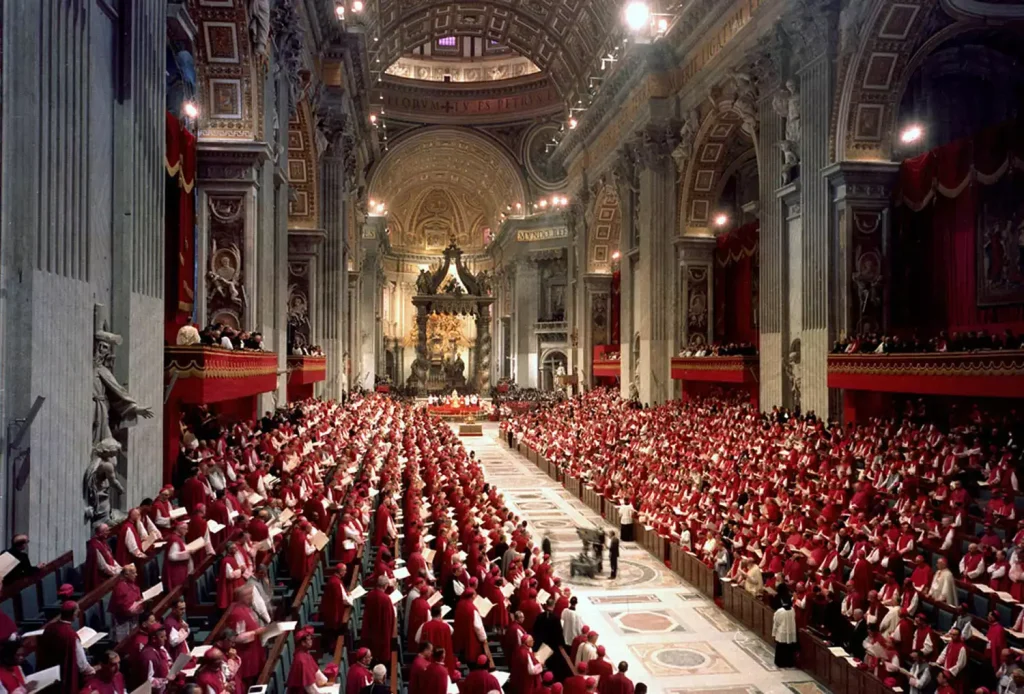
The period between 1962 and 1965 marked an epochal shift in the Catholic Church, a historic moment that redefined its core practices and interfaith dynamics. Vatican Council II, as this pivotal event is known, stands as a beacon of transformation, charting a course for the Church into modernity. This monumental gathering, convened by Pope John XXIII and continued under Pope Paul VI, broke new ground in the way the Catholic Church approached liturgy, ecumenism, and its role in the contemporary world. It was a period of intense deliberation, deep theological reflection, and significant decisions that continue to influence the Church’s path today. This article illuminates the profound changes initiated by the Council, exploring how these reforms reshaped the Catholic Church’s identity and its relations with diverse faith communities.
Clement IX, Pope
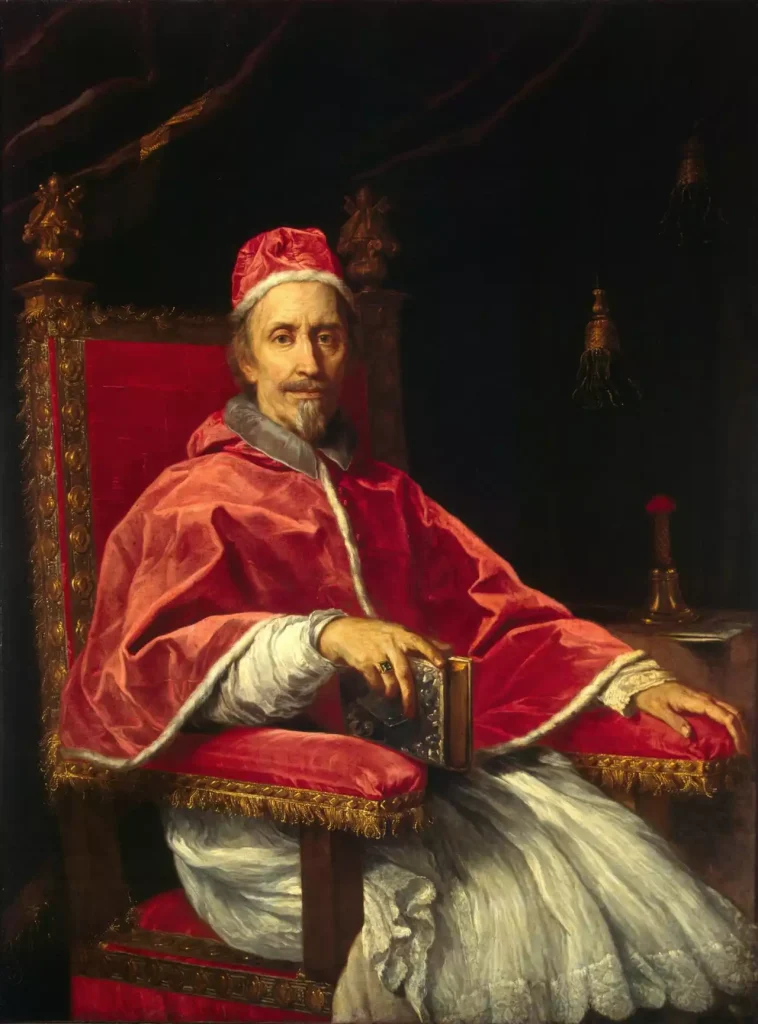
Giulio Rospigliosi was born on January 28, 1600 in Pistoia, Tuscany. He became Pope Clement IX, leading the Catholic Church from 1667 until his death in 1669. As pope, Clement IX worked to maintain peace during a period of European conflicts. However, he faced challenges within the church, including nepotism and the need for church […]
Canfield, Benoît de. ‘The Holy Will of God’: A Guide to Spiritual Perfection

Exploring the Depths of Divine Will and Spiritual Unity in the Catholic Tradition Benoît de Canfield’s seminal work, “The Holy Will of God: A Short Rule of Perfection,” remains a cornerstone in the literature exploring the Catholic Church’s perspectives on perfection and spiritual life. First published in 1878 and meticulously translated by Henry Collins, a […]
Vatican City State

Vatican City State, the world’s smallest independent state, stands as a pivotal entity in both religious and global affairs. Encircled by Rome, Italy, this enclave serves as the spiritual and administrative nucleus of the Roman Catholic Church. Tracing its roots to the Lateran Treaty of 1929, Vatican City was established to ensure the Pope’s absolute […]
Holy See | Papal Jurisdiction and Influence in the Catholic Church

The Holy See, historically known as the Apostolic See, denotes the jurisdiction of the Bishop of Rome, commonly referred to as the Pope. This concept encompasses not only the physical territory of the Vatican City but also the spiritual and administrative authority exercised by the Pope over the Catholic Church worldwide. The term “see” derives […]
Stephen IV, Pope | Influence on Frankish Kingdom

Pope Stephen IV, born in 770 and departing in 817, served as the Bishop of Rome and thus the head of the Catholic Church. His papacy, commencing in 816 and concluding with his demise in 817, was notably brief but impactful, particularly due to his significant interactions with the Frankish kingdom. This pivotal period in […]
Adrian II – Pope
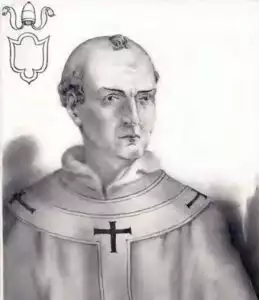
Pope Adrian II, born in Rome around 792 and passing in 872, served as the head of the Catholic Church and ruler of the Papal States from 867 until his death. Not canonized as a saint, Adrian II’s pontificate was marked by significant ecclesiastical and political developments, reflecting a period of considerable turmoil and transition […]
Canonization of Saints
The canonization of Saints is the formal process by which the Catholic Church declares a deceased person to be a saint due to their virtuous life and spiritual devotion. This formal recognition of sainthood allows for public veneration and intercession to the saint. The canonization process has evolved over many centuries into the complex, multi-step […]
Benedict XVI, Pope

Pope Benedict XVI, born Joseph Aloisius Ratzinger on April 16, 1927, in Marktl, Bavaria, Germany, and passing away on December 31, 2022, served as the head of the Catholic Church and the sovereign of the Vatican City State from 2005 until his resignation in 2013. His papacy was marked by intellectual rigor and a steadfast […]
Ximenes of Cisneros, Cardinal

Ximenes of Cisneros, born Gonzalo Jiménez de Cisneros in 1436 and passing in 1517, remains a pivotal figure in Spanish history. Esteemed as a cardinal and statesman, his influence profoundly shaped the Spanish Inquisition and the founding of the University of Alcalá. His complex legacy intertwines ecclesiastical dedication with political acumen, marking him as a […]
Zacatecas Diocese in the Republic of Mexico
The Zacatecas Diocese, an ecclesiastical territory in the Republic of Mexico, stands as a significant embodiment of religious history and cultural heritage. Established in the 16th century, this diocese has played a pivotal role in the Catholic Church’s presence in Mexico. Its history, intertwined with the development of the region, reflects the broader narrative of […]
Stephen II, Pope

Pope Stephen II (715-757), the 92nd Bishop of Rome, served as the pontiff from March 752 until his death in April 757. His pontificate, though brief, marked a pivotal juncture in medieval European history, chiefly through his instrumental role in forging the Frankish-Papal alliance. This alliance not only altered the political landscape of Europe but […]
Vespers in Orthodox Worship
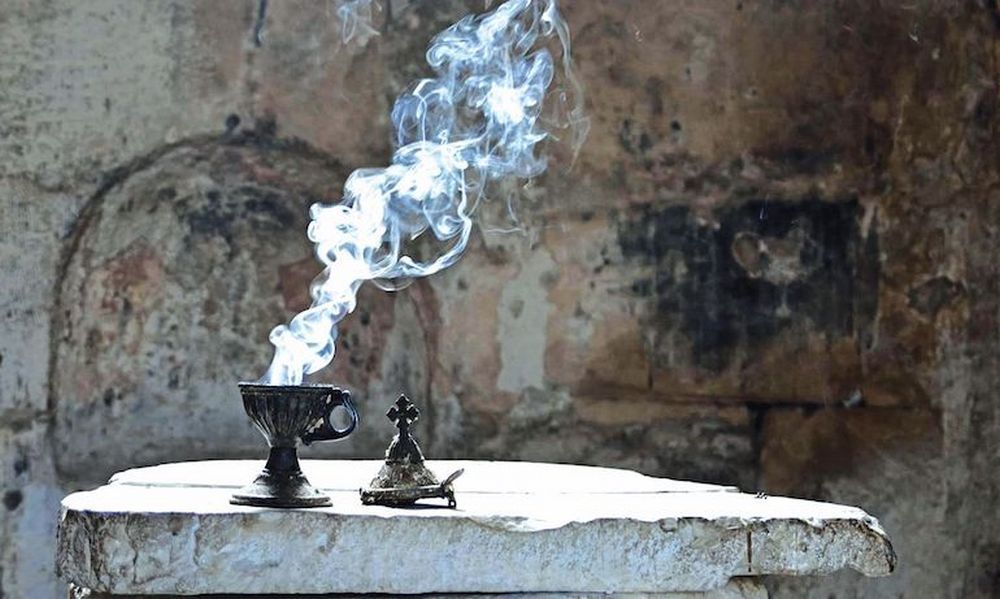
The Orthodox Christian liturgical service of Vespers marks the transition from day to evening. Vespers typically includes the singing of hymns and psalms, petitions, blessings from the priest, and sometimes a procession. The Rich History and Meaning of Vespers The vesper service has evolved across centuries of Christian worship, taking on new dimensions of meaning […]
Benedict II, Saint Pope | A Short but Influential Papacy
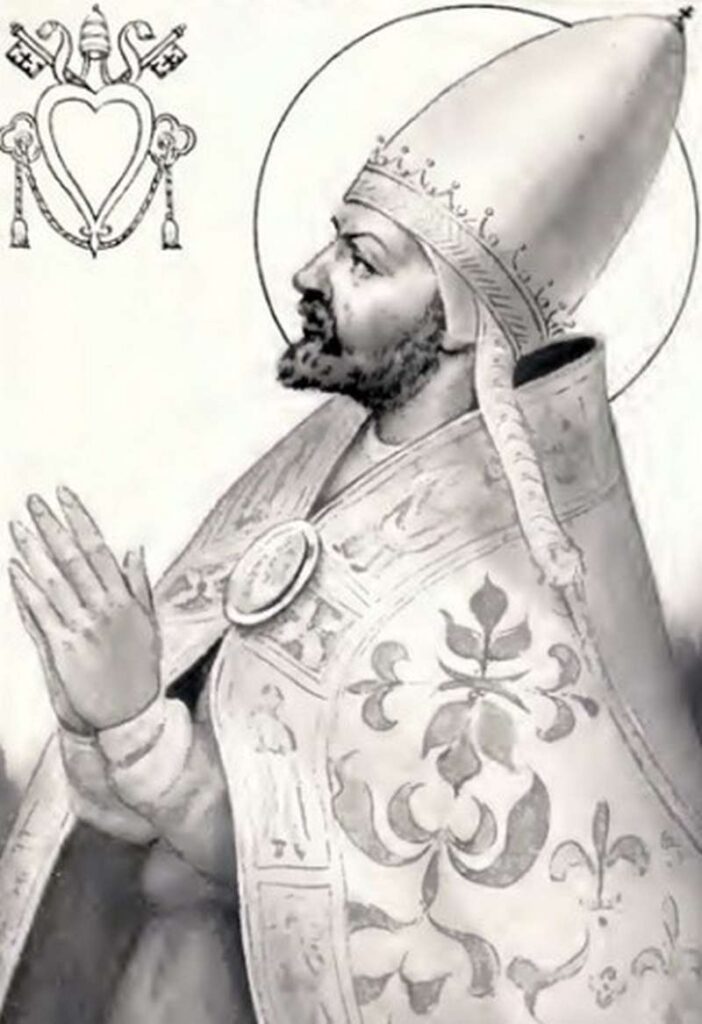
Saint Pope Benedict II, a distinguished figure in the annals of the Catholic Church, served as the Pope from June 26, 684, until his demise on May 8, 685. Born in Rome, his papacy, though brief, left an indelible mark on the Church’s history. His era was marked by a concerted effort to address the […]
